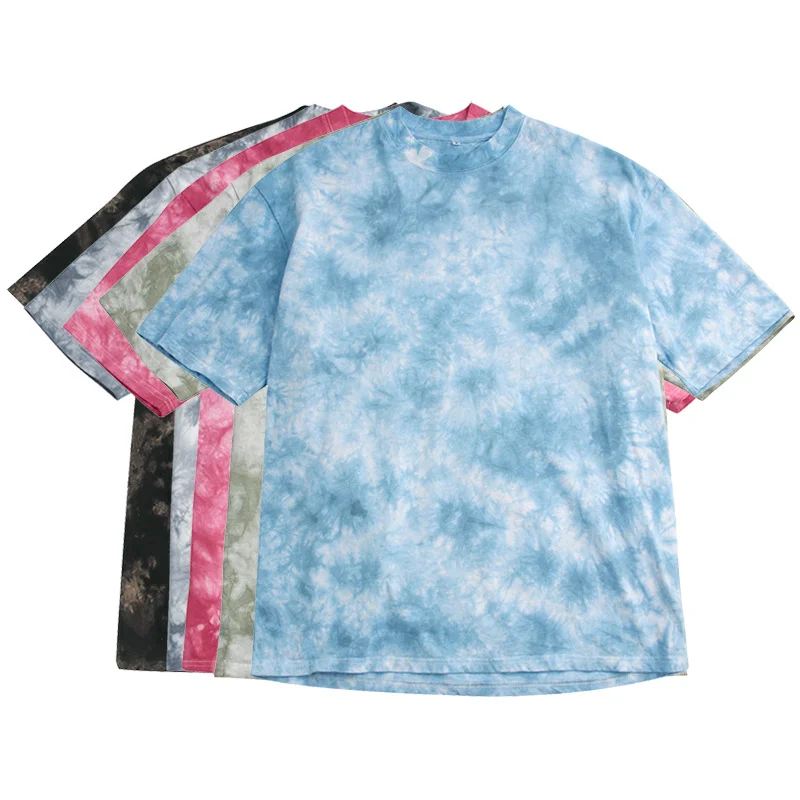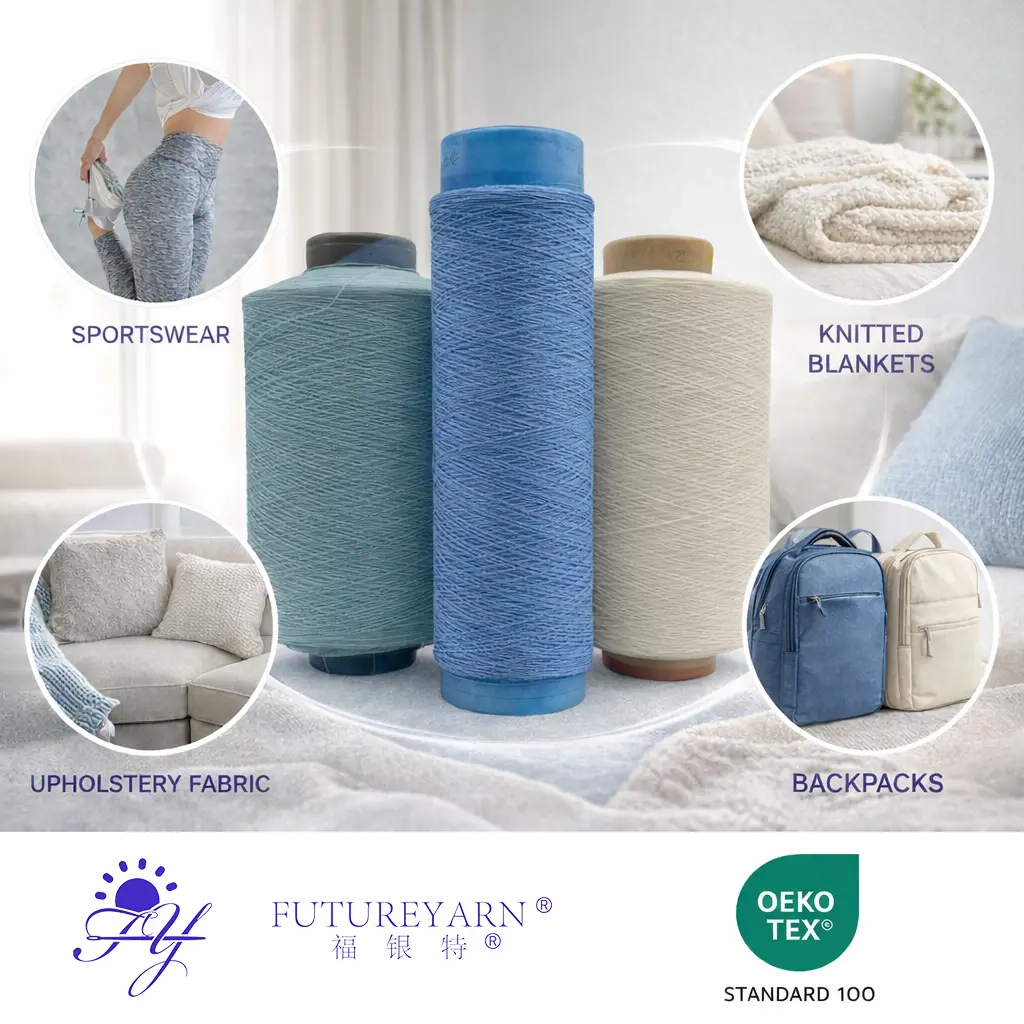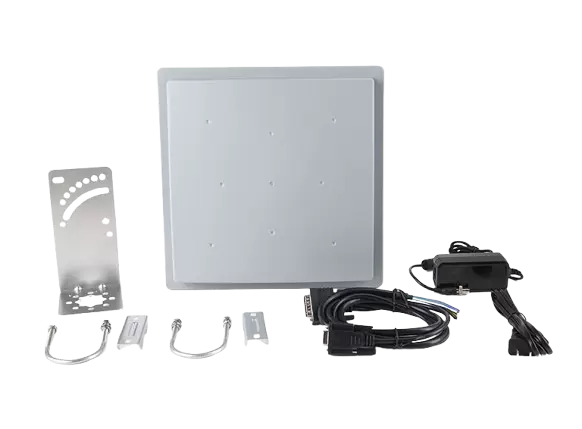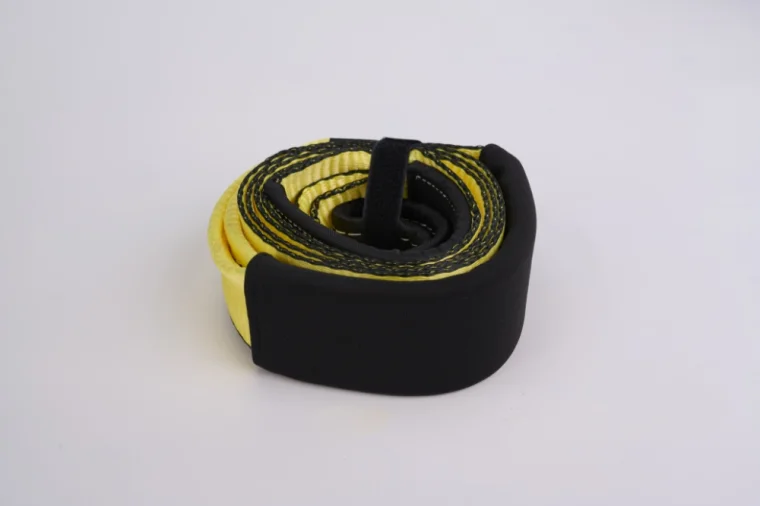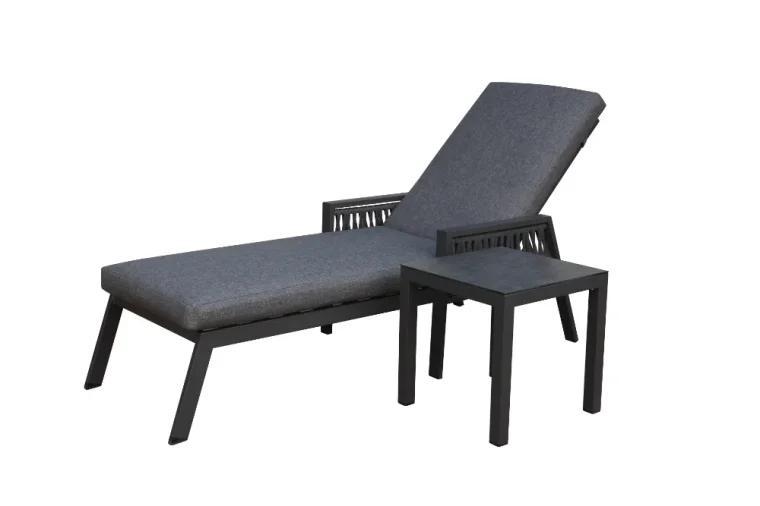Unveiling the Drawbacks of Viscose: Exploring the Limitations of a Popular Fabric

Viscose, also known as rayon, is a widely used fabric in the textile industry. It is known for its softness, breathability, and versatility. However, like any other material, viscose also has its fair share of disadvantages. In this article, we will delve into the drawbacks of viscose, shedding light on its limitations and potential challenges.
- Environmental Impact:
Viscose production involves the use of chemicals, such as carbon disulfide, which can have detrimental effects on the environment. The manufacturing process generates hazardous waste, contributing to water pollution and air emissions. Additionally, the extraction of wood pulp, a key component of viscose, can lead to deforestation and habitat destruction. - Lack of Durability:
While viscose is known for its softness and comfort, it falls short in terms of durability. The fabric is prone to pilling, stretching, and losing shape over time. It is not as resilient as natural fibers like cotton or wool, making it less suitable for long-lasting garments or high-traffic areas in home textiles. - Absorbency and Moisture Retention:
Viscose has a high absorbency rate, which can be both an advantage and a disadvantage. On one hand, it allows the fabric to absorb dyes well, resulting in vibrant colors. On the other hand, it also means that viscose retains moisture easily, making it less suitable for humid climates or activities that involve excessive sweating. The fabric can become heavy and uncomfortable when wet. - Wrinkling and Shrinkage:
Viscose is prone to wrinkling, and once creased, it can be challenging to restore its original appearance. Ironing or steaming may be required to remove wrinkles, which can be time-consuming. Additionally, viscose has a tendency to shrink when exposed to heat or moisture, requiring careful handling during washing and drying. - Care and Maintenance:
Viscose garments often require special care and maintenance. They are generally not suitable for machine washing and may need to be dry cleaned or hand washed instead. This can be inconvenient and add to the overall cost of owning and maintaining viscose clothing.
Conclusion:
While viscose offers several desirable qualities, such as softness and breathability, it is important to be aware of its drawbacks. The environmental impact of viscose production, its lack of durability, moisture retention, wrinkling, and special care requirements are all factors to consider when choosing this fabric. By understanding these limitations, consumers can make informed decisions and explore alternative options that align with their needs and values.

